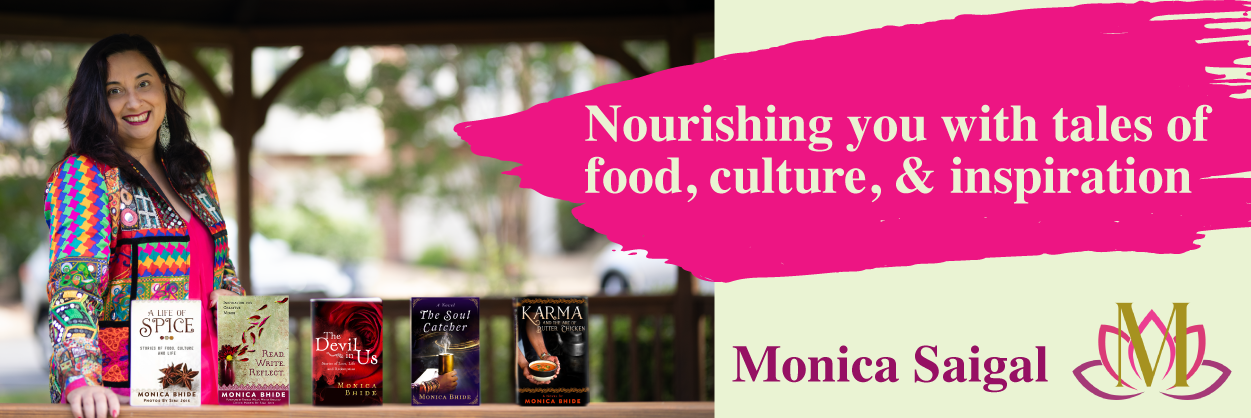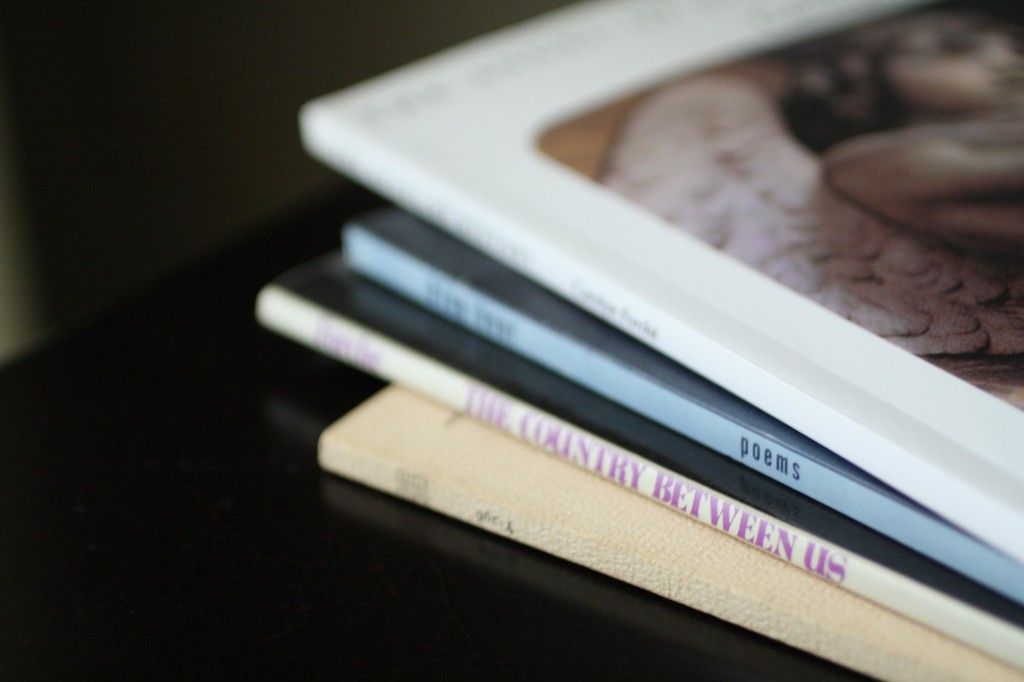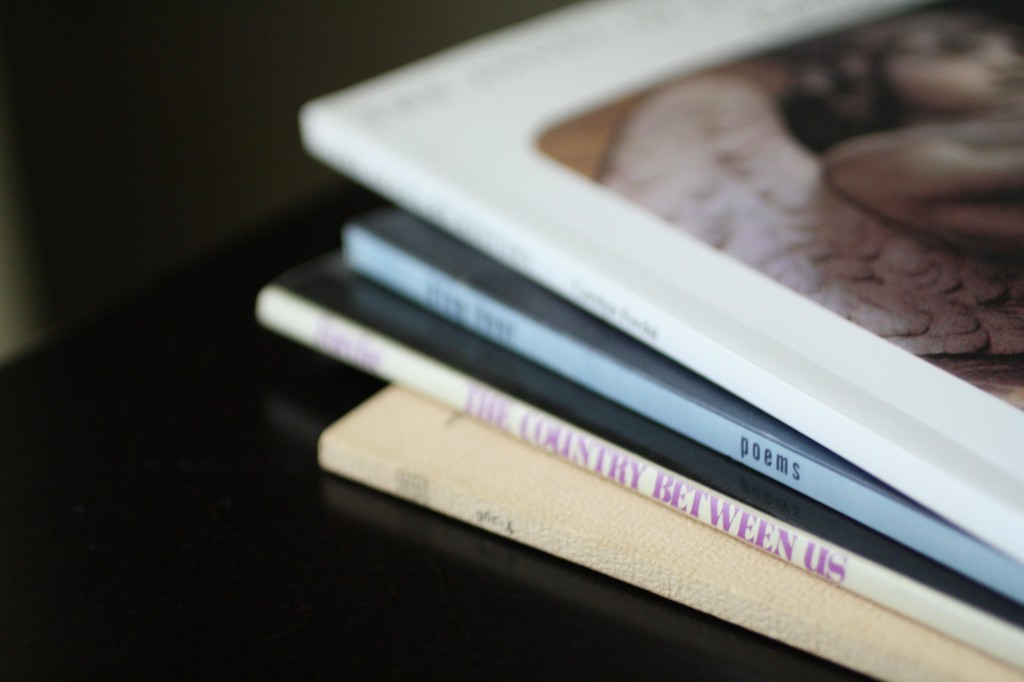My beautiful and talented friend Annelies Zijderveld is a poet, well a food poet to be more precise. She knows so much about the art of poetry that I had to ask her: how can poetry help me in my food writing? Annelies responded with this superb post. It is a beautiful post and very informative. I hope you will read it and post comments here when you use her advice to up the level of your writing. I certainly will use all this lovely advice for my own work.
I am so delighted to being The Food Poet to you:
How Poetry Can Make You a Better Food Writer
By Annelies Zijderveld (post and photos)
Initially, poetry may not seem to have a lot in common with food writing. For starters, poems tend to operate by shape: on the short side stacked into a skinny column of words or fat and squat in a prose poem. Aside from the look of poems though, I would posit that poetry has much to teach a writer unused to its wiles and would suggest five ways poetry can make even the most venerable food writer better. These tips consist of concision, line length, “finding the Poem within the poem”, word choice, and writing rich lyrical descriptions.
One of the defining elements of poetry is in praise of the economy of words. Unless you’re reading an epic poem like “The Iliad” by Homer or a long poem like “The Eve of St. Agnes” by Keats, most poems are relatively short in length. Poetry’s concision provides fodder for counting each word as a requirement. It allows the reader to ask the question, “is every word necessary?” and then deduce how to shape the words justly to convey the meaning best. Poet Maxine Kumin describes those necessary words as “furniture.” When writing a story with a recipe, ask yourself if it is tight enough or are there opportunities to cut away the fat to get closer to the meat.
Perhaps this is an eccentricity carried over from J-school so very long ago, but a hanging widow leaves me cold, unless its positioning is intentional. The most important spot of the line might just be the end. In poetry, the end holds the weight of the line and often bleeds over into the next one. That end word or phrase can easily play double duty and provide a rich possibility of meaning for the reader. When writing about food in prose, consider the caboose and cadence. Enfold the widow.
One of my poetry mentors exhorted me regularly to “find the poem within the poem,” understanding that the first jumble of words to spill out from my fingertips onto the empty page or screen is a necessary exercise of pre-writing. From that first step comes the second necessary step of removing yourself from the situation which is to say, stepping away from the notebook or computer after some minor edits and giving the work time to sit and allow some distance to materialize. This can foster a detachment to form between the poet and their work, which can let it lose a bit of its sparkle and quit being as precious, so the crucial cuts can be made.
Good writing demands more than just putting words down that sound as though you are speaking. When reading a book of poetry, it’s easy to become a bit of a sleuth and look for those turns-of-phrase, those tics that keep tickling their way into poems. In reviewing my chapbook at the end of my MFA, my mentor, Paula McLain pointed out that I had unwittingly used the words “yesterday” and “tomorrow” in multiple poems. It took another set of eyes to point out this crutch, but once recognized, I found I wanted to walk on my own without it. What words creep into your stories that, after evaluation, are unnecessary?
The way words sound sidled up against one another can deeply affect not only how the story is told but how it will be received. Because of poetry’s small packages of “furniture” words, writing an appropriate description involves lyricism, essentially how the words will sound together. Lyrical writing is lush and sensuous. Rich descriptions of time, place and story details can involve more of the senses than just the eyes. Describing food by sound like perceiving grains of amaranth popping up from the pan can transport a reader into the scene and cement them in your story. Using smell as a device of description unexpectedly can reap the reward of reader engagement. In “The Dinner Party,” an article written in Saveur magazine by noted poet Carolyn Forche, you can catch a glimpse of this active writing in just 500 words. The trope of pairing a recipe with a story can become a bit staid. Think of how you can turn that form on its head and make it your own, infusing it with poetry.
***
About the author: Annelies Zijderveld has worked in the food industry for over a decade, passionately helping market good food brands. She is the writer and photographer of the food and poetry blog, The Food Poet, selected in 2013 by Alimentum Food Literary Journal as one of their favorite food blogs. She serves as an associate editor for Poetry International and manages the Daily Digest blog. Her work has also appeared in Sated Magazine,The Curator, and The Huffington Post. She holds an MFA in poetry from New England College and a BA in Print Journalism from Southern Methodist University. She currently lives in San Francisco. Follow her on Twitter or Pinterest at @anneliesz or @thefoodpoet.



Thank you so much, Annelies, for your post. I agree with everything you wrote and you said it beautifully.